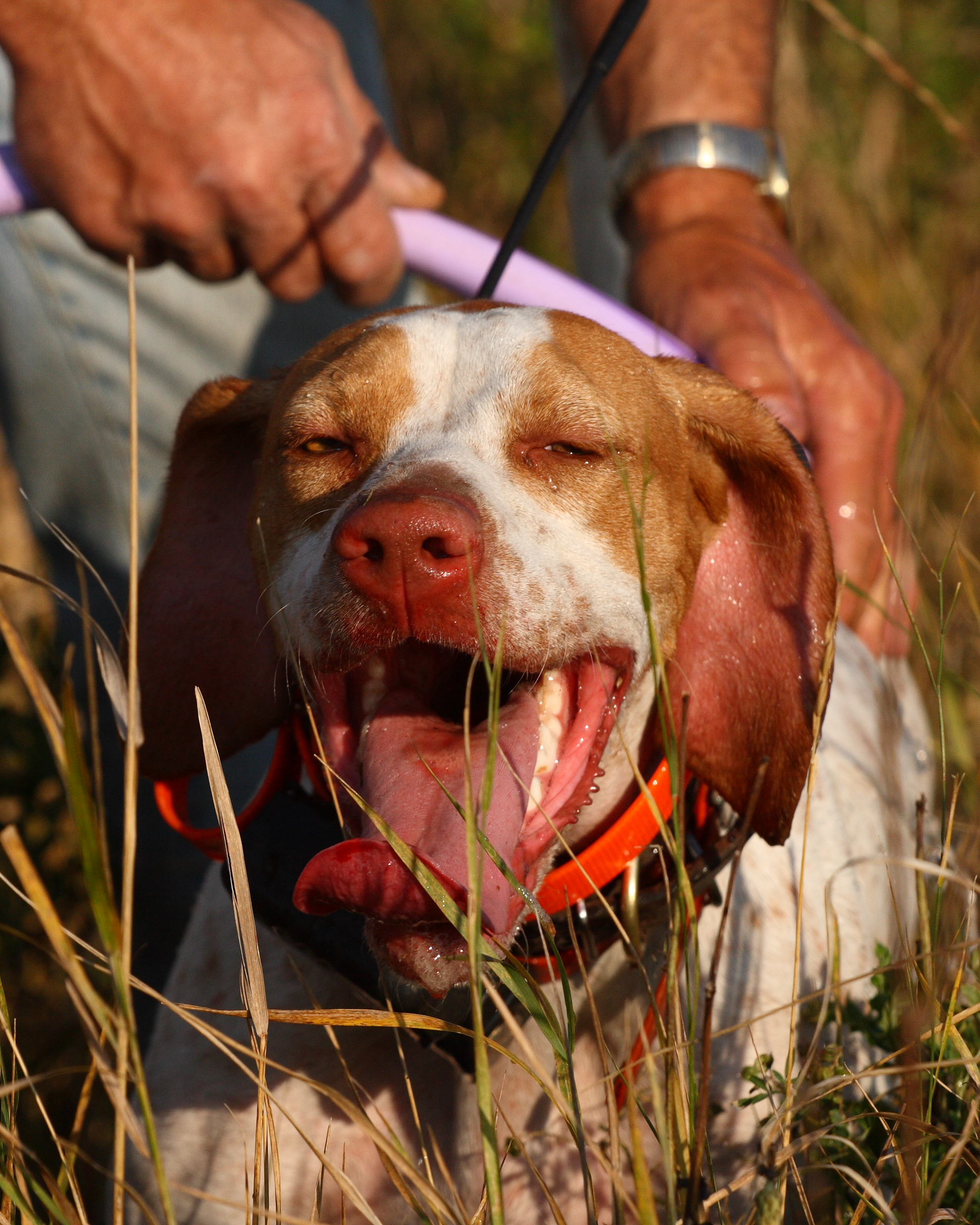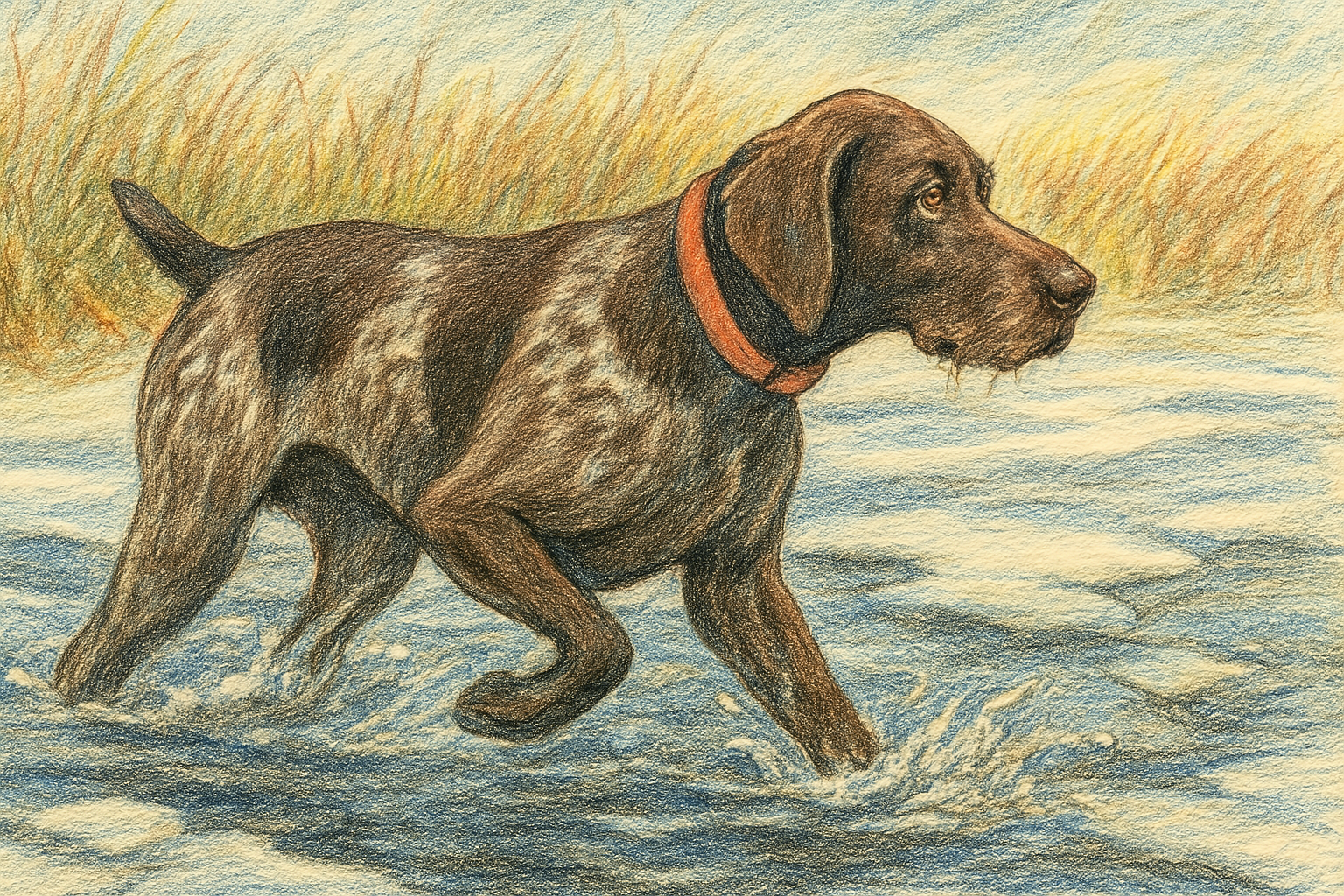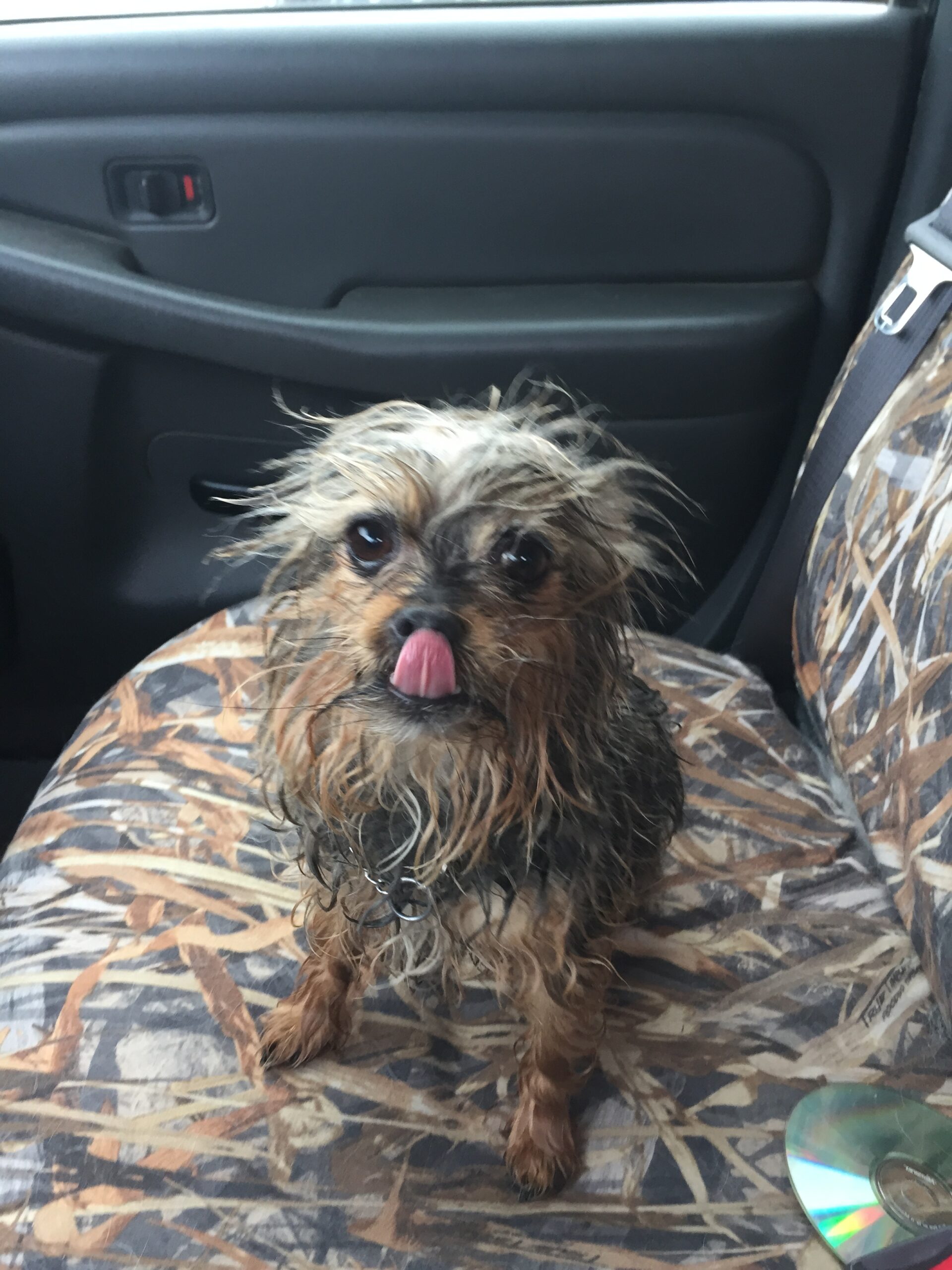Disclaimer: The tips in this post are not intended as an excuse to run your dog in dangerously hot conditions. Sometimes, it’s simply best to avoid running your dog altogether. Just this past weekend, I ran and biked our local bike trail and was shocked by the number of people out with their dogs on a day when it was 90°F with high humidity and little wind. I noticed the trail was empty the next day when it was cool, cloudy, with a light breeze. It took a lot of self-control not to confront a few of these folks on the hot day, as their dogs were clearly hot and nearing the point of discomfort.
This post is for those days when it’s warm but not dangerous, and you want to keep your dog comfortable and cool. I also have several clients, particularly those training for early fall events, who find themselves running on warm days. Strategic planning on these days can make the difference between a dog that successfully completes its task and one that struggles in the heat.
One often overlooked point is starting with a cool dog. In July and August, in most parts of the country, the nights don’t cool down as much as we’d like. If your vehicle is parked outside, even early in the morning, the interior can still be hot and oppressive. On these types of days, I’m very conscious of where I place the dog during travel. If it’s warm under the topper, the crate(s) go behind the seat in the cab, so the dogs can benefit from the air conditioning. If you arrive at the training grounds with a dog that has been battling to stay cool during the entire ride, you’re already starting behind the eight ball. Make sure your dog is comfortable and cool before hitting the ground, so they aren’t on the brink of overheating before they even begin their run.
Keeping the dog cool in the vehicle applies after the run as well. Don’t expect a hot dog to cool down under a topper that is 90-100°F. Add a panting dog into that mix, and even with a crate fan, it’s like expecting them to cool down in a sauna. If I’m going to work or hunt a dog on a warm day, I make sure that a crate in the vehicle with air conditioning is an option.
Another strategy I use to help keep my dog cooler is to pre-soak them before heading into the field. Make sure to use cool water. If you train most days, it’s easy to forget to refresh the water if you didn’t use it all, but water sitting under the topper for a couple of days can be hot rather than cool. I soak the dog with cool water, working it down to the skin, so that as they run, they benefit from evaporative cooling.
One point I have to address: I’ve seen a few well-intentioned colleagues claim that you shouldn’t completely wet down an overheated dog because it will “heat up” the water, leaving you with a hot, wet dog. If you’re going to put a plastic bag over the dog—or, less dramatically, put them in a crate—then yes, I’d agree, don’t do that. However, if you also introduce airflow, the water will pull heat from the dog through evaporative cooling, which is exactly what you want. I recently saw another video from a veterinarian recommending against using water and suggesting alcohol on the foot pads instead. I would wager that those folks have never seen or treated a dog suffering from heat stroke. You are not going to adequately cool a heat stroke dog with just alcohol.
If I’m running a pre-soaked dog, I usually carry an extra water bottle or two during the run in case I need to reapply. Even with starting with a cool dog and pre-soaking them, I’m still very vigilant about ensuring the dog isn’t overheating.
I’ll reiterate my disclaimer: I’m not advocating for running dogs unnecessarily in heat. I’m old enough to know that the risk isn’t worth the reward and that there will be another day. That being said, there are times when conditions are fine but have the potential to change or become problematic. These are the extra steps I take to ensure that I won’t be dealing with an overheated dog.
Above all, be aware of the conditions you’re running in and constantly monitor your dog to ensure you’re not pushing them too far in hot weather.



